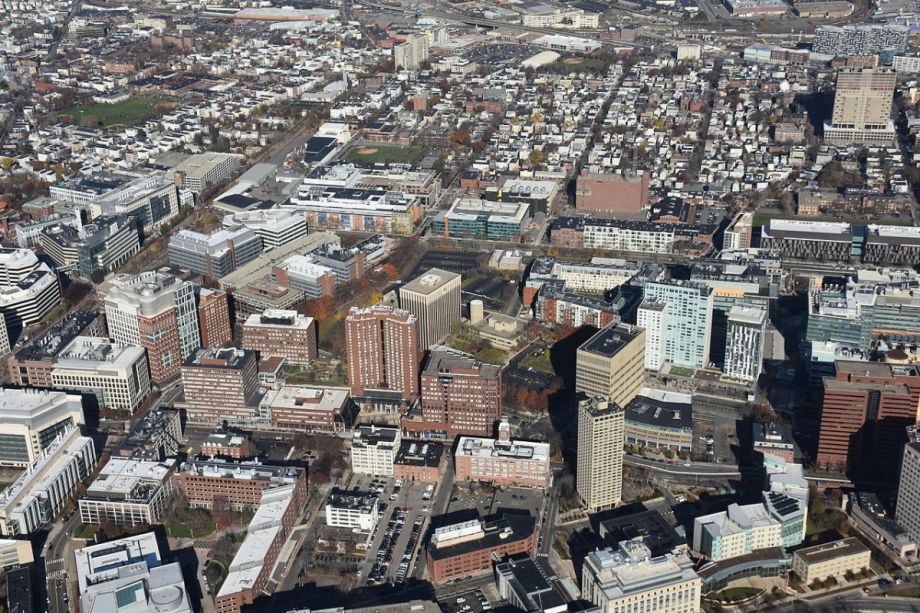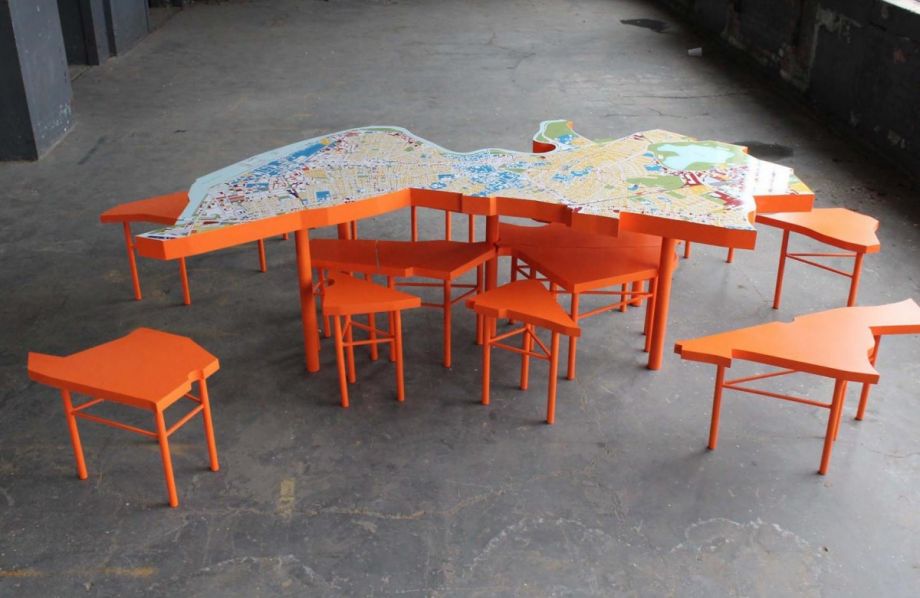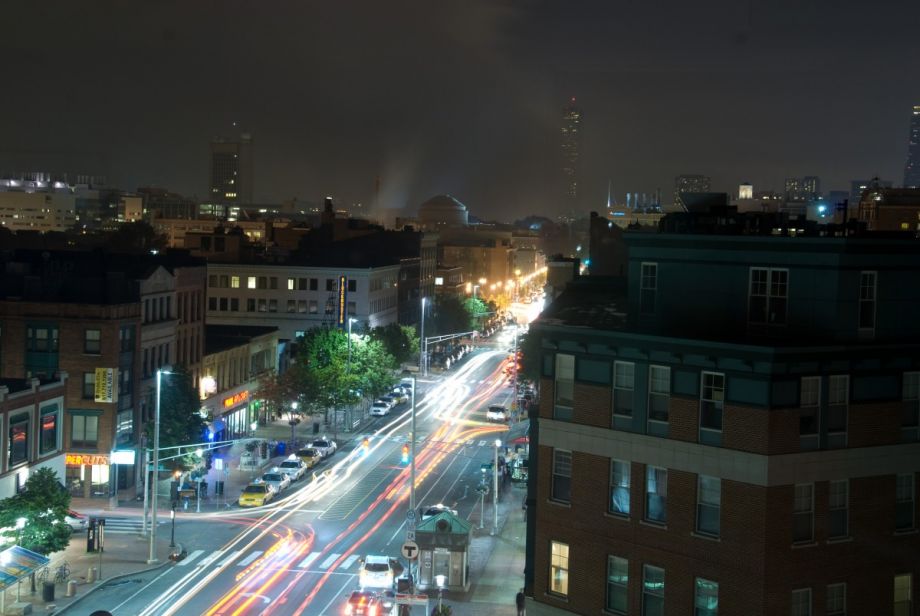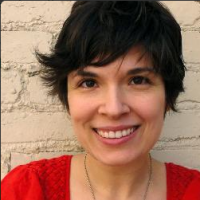When a city is drafting a new master plan, putting up some posters suggesting citizens come to a public meeting just isn’t enough. Relying on the input from only those who bother to show up doesn’t cut it if inclusive planning is the goal. That’s why Cambridge — which is at the very beginning stages of drafting a new master plan — has ambitious outreach goals for what will be a multiyear process.
Home to MIT, Harvard and Junior Mints, the city of 100,000 is spending the next year listening to citizens and community groups and aiming to hear from members of every community. City staffers are preparing to take meetings out of City Hall and into the streets. Their strategy — one that might even convince citizens that planning is fun — is ambitious and experimental, but so far, Cambridge thinks it’s getting it right.
New City, New Plan
Cambridge is not the same city it was even 15 years ago. Back then, the biotech sector was just getting started, and much of the land in now-bustling Kendall Square was parking lots. Now, the neighborhood’s 2.5 square miles contain 130 life science companies, and just in the past few years the neighborhood added 2 million square feet of lab and office space. Office rents have risen 10 to 15 percent a year.
Meanwhile, housing is also in a crunch. Despite more units being built, especially downtown, home and condo prices rose 50 percent between 2011 and 2015. Late last year, Coldwell Banker Real Estate ranked Cambridge as the most expensive housing market in the state, and 18th in the country; the average price of a four-bedroom home is almost twice that of one in Boston, just across the Charles River. The city ranks high on inequality lists.

Cambridge’s Kendall Square (Photo by Nick Allen)
Beyond that shift, there’s another reason why the comprehensive plan is needed now.
“The last time we did a large citywide planning process was at the turn of the last century,” says Iram Farooq, assistant city manager for community development. That plan mostly focused on land use and zoning; the new one will encompass not just those aspects but also mobility, climate change mitigation, and “the whole social and cultural fabric,” says Tim Love, principal at Utile, a planning and architecture firm consulting with the city on the plan.
So it’s high time. Currently, the team behind the Envision Cambridge plan, as it’s called, is planning to spend all of 2016 researching and listening to community members. And that’s where the new initiatives come in.
Idea 1: Rethink public meetings. “Public meetings are a privilege to attend,” says Melissa Peters, land use planner/project manager for Envision Cambridge. “Sometimes people don’t have the time or the luxury to go.” The city has held some meetings, though, and has tried to make it as easy as possible for people to attend by providing translation services, childcare and food. The city is also trying to change the format of meetings “so it’s less a talk-to and more a talk amongst ourselves,” Farooq says. “It’s more of a conversation than an oration.”
The city also has a community engagement team made up of individuals from underserved Cambridge communities. “We’ve learned that the best way to reach those communities is to work with those individuals who work with the city,” Peters says. They’ve asked those leaders to go back to their communities and invite people to come to dedicated focus groups for Bangladeshi, Chinese, Ethiopian, Haitian, Somalian, Spanish-speaking, Arabic-speaking and American-born black residents.
Idea 2: Bring the meetings outside. To break the meeting mold, Cambridge worked with New York-based urban planning firm Interboro Partners to design a “mobile engagement station.”
“It’s a big orange table. You can’t miss it,” says Dan D’Oca, principal at Interboro. It’s shaped like the city of Cambridge and on its surface is printed a map of the city that residents can draw on with whiteboard markers. There’s also a removable 3D printed relief of the city, “so people get a sense of the height of buildings.” Stools are shaped like each of Cambridge’s neighborhoods and can either be used as seating (imagine planting your butt on Harvard Square) or as a secondary visual aid.
Future sessions with the table might include 3D printed models of as-yet-unbuilt structures, so that residents could “see” the consequences of upzoning a particular neighborhood.
Interboro has just begun introducing the table, outside Cambridge’s City Hall and at a library. They’ve engaged passersby with some basic prompts. Draw your route from home to work in one color of marker. Circle your favorite things about the city in green and your least favorite in red. Write about the future in blue.
“We take a photo of the table, redraw it in an online GIS application, and then we have a file where we can turn [layers] on and off. We’ll use [the table] to collect and scrutinize and analyze,” explains D’Oca.
He says eventually the mobile engagement station will make it to all “the nooks and crannies of the city.”

Cambridge worked with Interboro Partners to design this mobile engagement station. (Credit: Interboro Partners)
“Instead of telling people, ‘Here’s this important thing that impacts your life,’” Farooq says, “this is more like, ‘we care about what you think and we are coming to you to ask for your opinion.’ We think this process is going to be where … we engage with people on their terms.”
Cambridge isn’t the first city to take public participation out of meeting halls. Notably, St. Paul held “pop-up meetings” out of a converted van (and gave away Popsicles as a participation incentive) last summer and talked to more than a thousand people; most had never been to a community meeting before. The Storefront for Community Design in Richmond, which is not officially affiliated with the city, has nonetheless helped citizens navigate the bureaucracy and facilitated meetings between Richmonders and city officials about controversial development projects.
Cambridge hopes that its big orange table will help the city and its consultants listen to groups it doesn’t normally hear from, especially younger residents.
“The median age of people in Cambridge is 30.2,” Farooq says. “[At meetings], we don’t ask their age, but they’re clearly not 30.2. We are missing the younger population.”
Idea 3: Make your communications opportunities to learn. Sometime soon, the city will debut the first edition of “The Planner,” an actual printed newspaper that will be distributed at city meetings and at pop-up kiosks around the city. (People who want to read it online can also do so.) The paper is designed to provide updates on the Envision Cambridge process and demystify planning for the general public.
“We have [stories about] history,” says D’Oca. “Why does this look the way it does? How did this happen? [We are telling] a story about the role zoning may have played in an environment you may take for granted.”
But the newspaper also has features that are as beneficial for the planning team as for the paper’s readers. “I Am Cambridge” will profile a new arrival to the city in each issue, covering that person’s connections to Cambridge. It’s designed to help readers appreciate the city’s diversity, but also helps the team learn about what’s important to that person — more anecdotes and data that can be added to the planning process. Another feature takes five people down the same block and asks them about what they see. “Five people see the same block in five different ways,” D’Oca notes.
The frequency of “The Planner” is TBD, depending on its reception. But Love hopes it’ll be a huge success and make “talking about planning fun.” (Like any good paper, “The Planner” will also run crosswords.)
Idea 4: Don’t wait until the end of the planning process to start implementing. “Planning can have quick wins,” says D’Oca, “but it is a slow process and you can’t expect results overnight.” Especially when the plan is supposed to cover the next three decades. Part of ensuring that people continue to lend their voices to the planning process is to make them feel like they were heard the last time.
As part of that, Peters says, the city plans to incorporate a tactical urbanism component over the next few years. “If we hear there should be benches in this park, we’ll put benches in the park. If we hear there should be a bike lane here, we’ll test it out. We are prepared to hear from people and start implementing small wins, to build trust and to test out our ideas.”
Building Trust
Trust is important, and there’s a not-unusual dose of skepticism about this latest effort. While the city and its consulting team say that Cambridge is “more action-oriented” about its plans, rather than shelving them, there is always some concern that a plan will be diluted or changed after neighborhood opposition.

Cambridge’s Central Square (Photo by Eric Kilby)
He explains that a pair of previous plans for Kendall Square and Central Square — collectively called K2C2 — called for upzoning the areas. “Despite the intensive effort that went into the process, there were some people who sort of pushed back on it, saying it was not a legitimate plan for a variety of reasons.” (One anti-density activist called the C2 plan “flawed, biased and disinterested in the participation of the affected neighborhoods.” A city council candidate (who was later elected) compared the plan to Pearl Harbor in a robocall, though quickly walked back the analogy.)
“If the results [of the master plan] are what some folks don’t like,” says Kanson-Benanav, “will we toss that one out as well?”
He sees the city’s engagement efforts and agrees that they’re doing more than they have in the past. “I’m confident that they will learn from past lessons,” he says.
This article is part of a Next City series focused on community-engaged design made possible with the support of the Surdna Foundation.

Rachel Kaufman is Next City's senior editor, responsible for our daily journalism. She was a longtime Next City freelance writer and editor before coming on staff full-time. She has covered transportation, sustainability, science and tech. Her writing has appeared in Inc., National Geographic News, Scientific American and other outlets.
Follow Rachel .(JavaScript must be enabled to view this email address)












